Best Purple Coneflower Companion Plants
Title: Best Purple Coneflower Companion Plants
Introduction:
Purple coneflowers are a beautiful and versatile flower that can add a touch of elegance to any garden. They are also relatively easy to care for, making them a great choice for beginner gardeners. However, even the most low-maintenance plants can benefit from having some companion plants. Companion planting is the practice of planting different types of plants together in order to create a more balanced and harmonious garden. When choosing companion plants for purple coneflowers, there are a few things to keep in mind. First, you want to choose plants that have similar growing conditions. Purple coneflowers need full sun and well-drained soil. Second, you want to choose plants that will complement the appearance of purple coneflowers. Some good options include plants with bright colors, such as black-eyed Susans or rudbeckias, or plants with interesting textures, such as ornamental grasses or yarrow. Finally, you want to choose plants that will benefit each other in some way. For example, some companion plants can attract pollinators, while others can help to repel pests.
Main Content:
Here are some of the best companion plants for purple coneflowers:
- Black-eyed Susans: These cheerful flowers are a perfect complement to the deep purple color of coneflowers. They bloom at the same time of year and have similar growing conditions. Black-eyed Susans are also known to attract butterflies and other pollinators.

- Rudbeckias: These bright yellow flowers add a pop of color to any garden. They also bloom at the same time of year as coneflowers and have similar growing conditions. Rudbeckias are another good choice for attracting pollinators.

- Yarrow: This hardy perennial is known for its daisy-like flowers and feathery foliage. It is drought-tolerant and can thrive in poor soil. Yarrow is also a good companion plant for coneflowers because it can help to repel pests.

- Catmint: This fragrant plant is a magnet for bees and butterflies. It is also deer-resistant and can tolerate heat and drought. Catmint is a good companion plant for coneflowers because it helps to suppress weeds and improve the overall health of the soil.
- Salvia: These colorful flowers come in a variety of shades, including purple, blue, and pink. They bloom for a long period of time and attract butterflies and other pollinators. Salvia is a good companion plant for coneflowers because it can help to deter pests.

- Bee balm: This native North American plant is known for its sweet nectar and attractive flowers. It is a good choice for attracting pollinators and can also help to improve the health of the soil. Bee balm is a good companion plant for coneflowers because it has similar growing conditions and can help to suppress weeds.
- Penstemon: These tall, spikey flowers come in a variety of colors, including purple, pink, and white. They bloom in the summer and attract butterflies and other pollinators. Penstemon is a good companion plant for coneflowers because it can help to deter deer and rabbits.
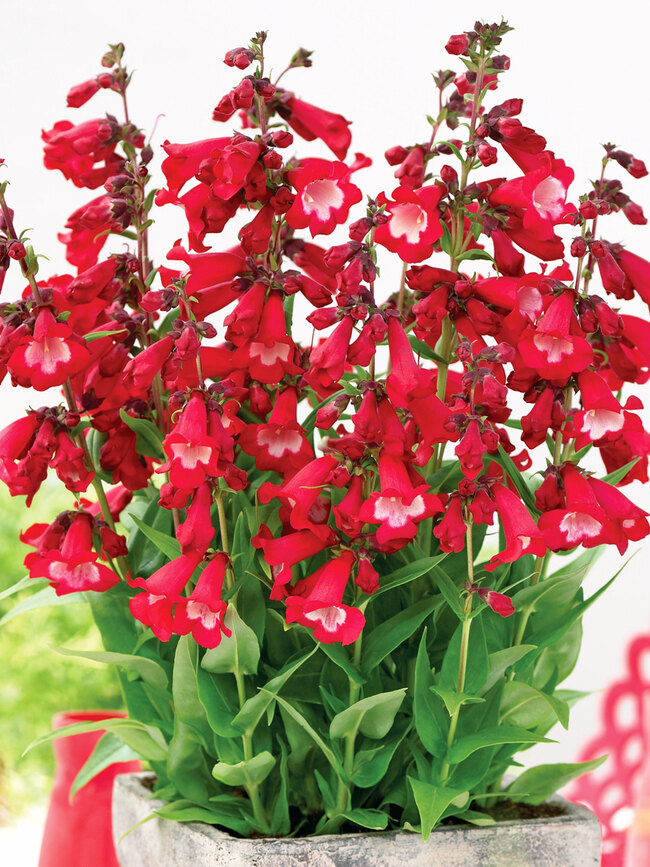
- Goldenrod: This bright yellow wildflower is a native of North America. It blooms in the late summer and attracts butterflies and other pollinators. Goldenrod is a good companion plant for coneflowers because it can help to attract beneficial insects and deter pests.
- Sedum: These succulent plants come in a variety of colors, including green, pink, and purple. They are drought-tolerant and can thrive in poor soil. Sedum is a good companion plant for coneflowers because it can help to suppress weeds and improve the drainage of the soil.

Conclusion:
When choosing companion plants for purple coneflowers, it is important to consider the plant's needs, appearance, and benefits. By planting the right companion plants, you can create a beautiful and healthy garden that will attract pollinators and other beneficial insects.
Here are a few of the best companion plants for purple coneflowers:
- Lavender: Lavender is a fragrant herb that helps to repel pests and attract pollinators.
FAQ of purple coneflower companion plants
What are some good companion plants for purple coneflowers?
Purple coneflowers (Echinacea purpurea) are tall, daisy-like flowers that are native to North America. They are easy to grow and attract pollinators, making them a popular choice for gardens. Some good companion plants for purple coneflowers include:
- Lavender: Lavender is a drought-tolerant herb that blooms in shades of purple, blue, and white. It helps to deter pests and attract pollinators.
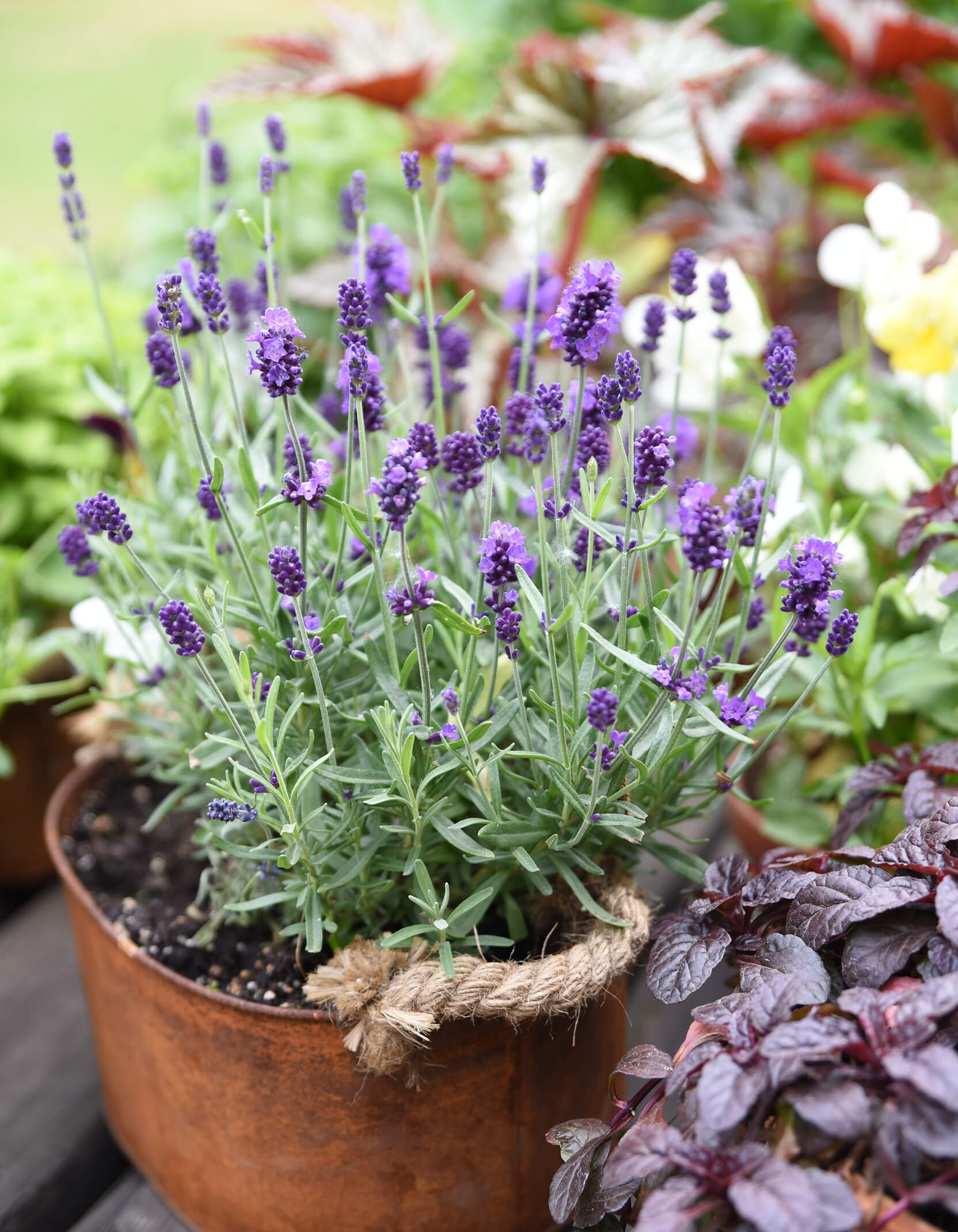
- Yarrow: Yarrow is a hardy perennial that blooms in shades of white, yellow, and pink. It helps to repel pests and improve soil drainage.
- Catmint: Catmint is a low-growing, spreading plant that blooms in shades of blue and purple. It attracts pollinators and helps to deter cats.
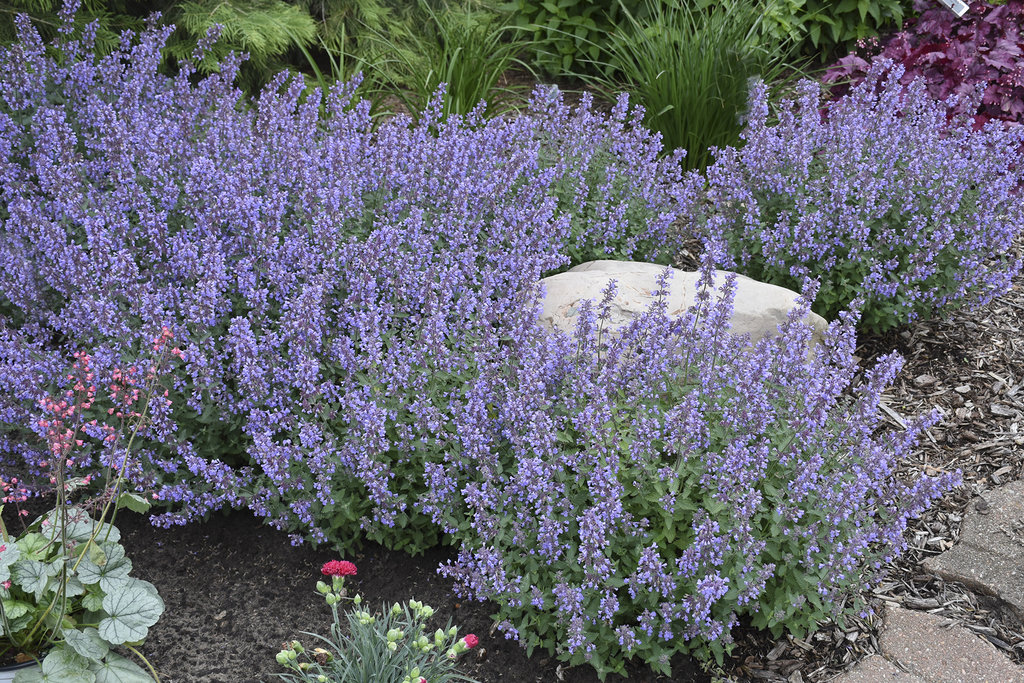
- Black-eyed Susan: Black-eyed Susan is a native wildflower that blooms in shades of yellow and orange. It attracts pollinators and helps to improve soil quality.
- Rudbeckia: Rudbeckia is a genus of flowering plants that includes coneflowers. There are many different varieties of rudbeckia, so you can choose one that complements the color of your coneflowers.
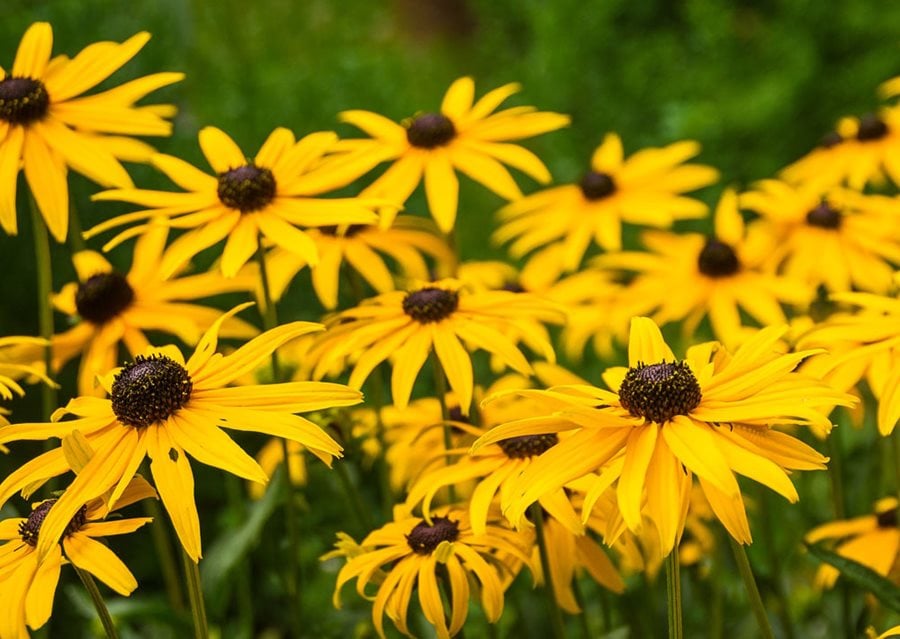
What are some plants that should not be planted near purple coneflowers?
Some plants that should not be planted near purple coneflowers include:
- Tall trees: Tall trees can shade purple coneflowers, preventing them from getting enough sunlight.
- Plants that require wet soil: Purple coneflowers prefer well-drained soil. Planting them near plants that require wet soil can lead to root rot.
- Plants that attract pests: Some plants, such as aphids, can be attracted to purple coneflowers. Planting them near other plants that attract these pests can make it more difficult to control them.
How do I plant purple coneflowers with other plants?
When planting purple coneflowers with other plants, it is important to consider the size and growth habit of each plant. For example, if you are planting a tall purple coneflower, you will need to plant it with shorter plants that will not be shaded out. You should also consider the sunlight and water requirements of each plant. Purple coneflowers prefer full sun and well-drained soil. Make sure to choose other plants that have similar sunlight and water requirements.
How do I care for purple coneflowers?
Purple coneflowers are relatively easy to care for. They need full sun and well-drained soil. They should be watered regularly, especially during hot, dry weather. Purple coneflowers do not need to be fertilized often. A light application of fertilizer in the spring will help them to bloom well.
How long do purple coneflowers live?
Purple coneflowers can live for several years. They will typically start to decline after about three years, but they can continue to bloom for several more years.
Image of purple coneflower companion plants
10 different images of purple coneflower companion plants that are free to use:
- Black-eyed Susan: This daisy-like flower is a native North American plant that blooms in the summer. It is a good companion plant for purple coneflowers because it has similar growing conditions and attracts pollinators.
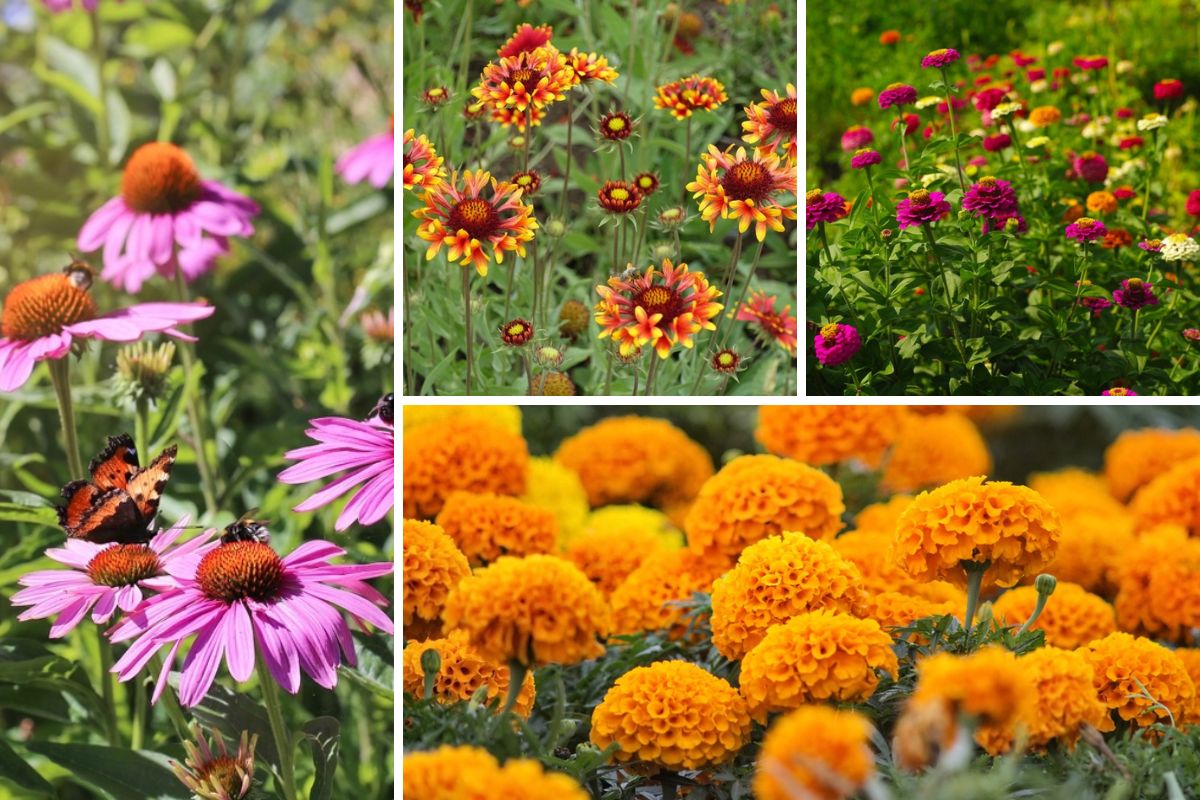
- Bee balm: This mint family plant is known for its fragrant flowers and nectar. It is a good companion plant for purple coneflowers because it attracts pollinators and helps to deter pests.

- Coneflower: Another type of coneflower, this plant is a good choice for companion planting because it has similar growing conditions and blooms at the same time as purple coneflowers.

- Daylily: This perennial plant blooms in the summer and is a good choice for companion planting because it is drought-tolerant and attracts pollinators.

- Echinacea: This plant is a close relative of purple coneflowers and is also known for its medicinal properties. It is a good choice for companion planting because it attracts pollinators and deters pests.

- Gaura: This plant is known for its delicate pink or white flowers that bloom in the summer. It is a good choice for companion planting because it attracts pollinators and tolerates poor soil.

- Liatris: This plant is known for its spikes of purple or pink flowers that bloom in the summer. It is a good choice for companion planting because it attracts pollinators and deters rabbits.

- Penstemon: This plant is known for its spikes of blue, pink, or white flowers that bloom in the summer. It is a good choice for companion planting because it attracts pollinators and tolerates drought.

- Salvia: This plant is known for its spikes of blue, purple, or white flowers that bloom in the summer. It is a good choice for companion planting because it attracts pollinators and deters pests.

- Sunflower: This tall plant is known for its large yellow flowers that bloom in the summer. It is a good choice for companion planting because it attracts pollinators and provides food for birds.

Post a Comment for " Best Purple Coneflower Companion Plants"